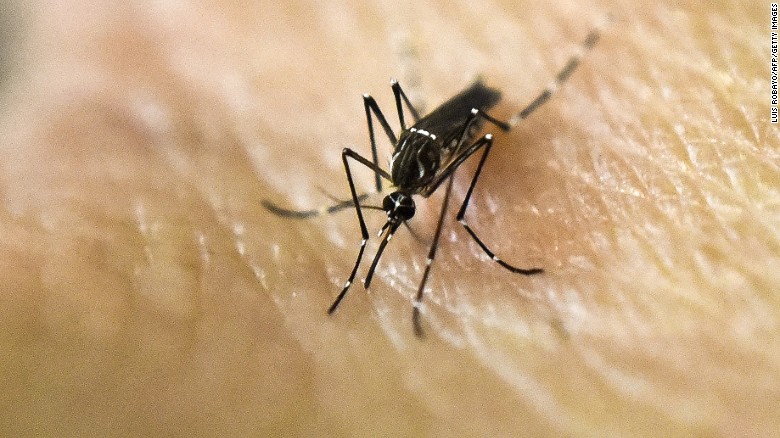Story highlights
- The Yellow fever outbreak in Brazil could spread, but a US outbreak is unlikely
- Health experts warn of the possibility of imported travel cases
(CNN)An outbreak of yellow fever in rural Brazil is raising concerns that the disease could spread across borders to the US, like Zika, say two health experts writing in an essay published in the New England Journal of Medicine.
While the likelihood of yellow fever outbreaks in the US is low, "travel-related cases of yellow fever could occur, with brief periods of local transmission in warmer regions such as the Gulf Coast states," wrote Dr. Anthony Fauci, director of National Institute of Allergy and Infectious Diseases and colleague Dr. Catharine Paules.
"In an era of frequent international travel, any marked increase in domestic cases in Brazil raises the possibility of travel-related cases," they wrote.
Experts fear spread of the disease may resemble that of the Zika virus, which emerged in Brazil in 2015 and later spread to more than 60 countries including the US, causing local outbreaks in Florida.
The current yellow fever outbreak began in December, in rural areas of Brazil, and numbers reportedly exceed normal rates for this time of year.
The majority of cases are clustered on the eastern side of the country mainly in the states of Minas Gerais, Esp├Łrito Santo and S├Żo Paulo.
As of March 2, the virus has killed an estimated 220 people, according to an update from the Pan American Health Organization (PAHO). The health agency also counted 326 confirmed cases and 916 suspected cases of the disease.
The fatality rate for this outbreak is 33% for confirmed cases and 11% for suspected cases.
While the outbreak has remained in rural areas, some clusters of cases are close to urban centers including Rio de Janeiro, where people live in denser communities and mostly have not been vaccinated against yellow fever.
"This proximity raises concern that, for the first time in decades, urban transmission of yellow fever will occur in Brazil," the authors wrote.
Watching the outbreak
Yellow fever spreads to humans through the bite of an infected mosquito, and outbreaks usually occur in South America and Africa.
The disease can spread through the Aedes aegypti mosquito, which also transmits the Zika virus.
So far, the Aedes aegypti mosquito has not been reported to have a role in the recent outbreak, PAHO reported. The current outbreak has been spread through the Haemagogus and Sabethes mosquitos.
Symptoms are similar to the flu and could become severe to include fever, headache, muscle pain, nausea, vomiting, fatigue and jaundice -- hence its name yellow fever.
Thanks to better mosquito control and better sanitation practices, yellow fever has been virtually eliminated in the US and the Americas. But sporadic outbreaks occasionally pop up in tropical areas and cases can spread through travel, wrote Fauci and Paules.
Because yellow fever is so rare in the US, doctors may not recognize the signs. Doctors should be aware, especially in travelers who've been to the affected areas, they wrote.
Preventing yellow fever
The yellow fever vaccine provides up to 99% lifetime immunity.
But the vaccines take a long time to produce and the stockpile is low.
A yellow fever outbreak in Angola and the Democratic Republic of Congo in 2016 exhausted the world's emergency vaccine stockpile. More than 30 million people were immunized during emergency vaccination campaigns, according to the WHO. As vaccines ran low, health officials had to administer one-fifth of the standard dose to extend the supply, Paules and Fauci noted.
That outbreak ended in the DRC in February and Angola in December.
Brazil has distributed about 12.5 million doses as of February 24, but the campaign has had challenges because many people live in remote, dispersed locations, according to the World Health Organization.
Officials there have also been using mosquito control measures.
"In light of the serious nature of this historically devastating disease, public health awareness and preparedness are critical," wrote Paules and Fauci.






